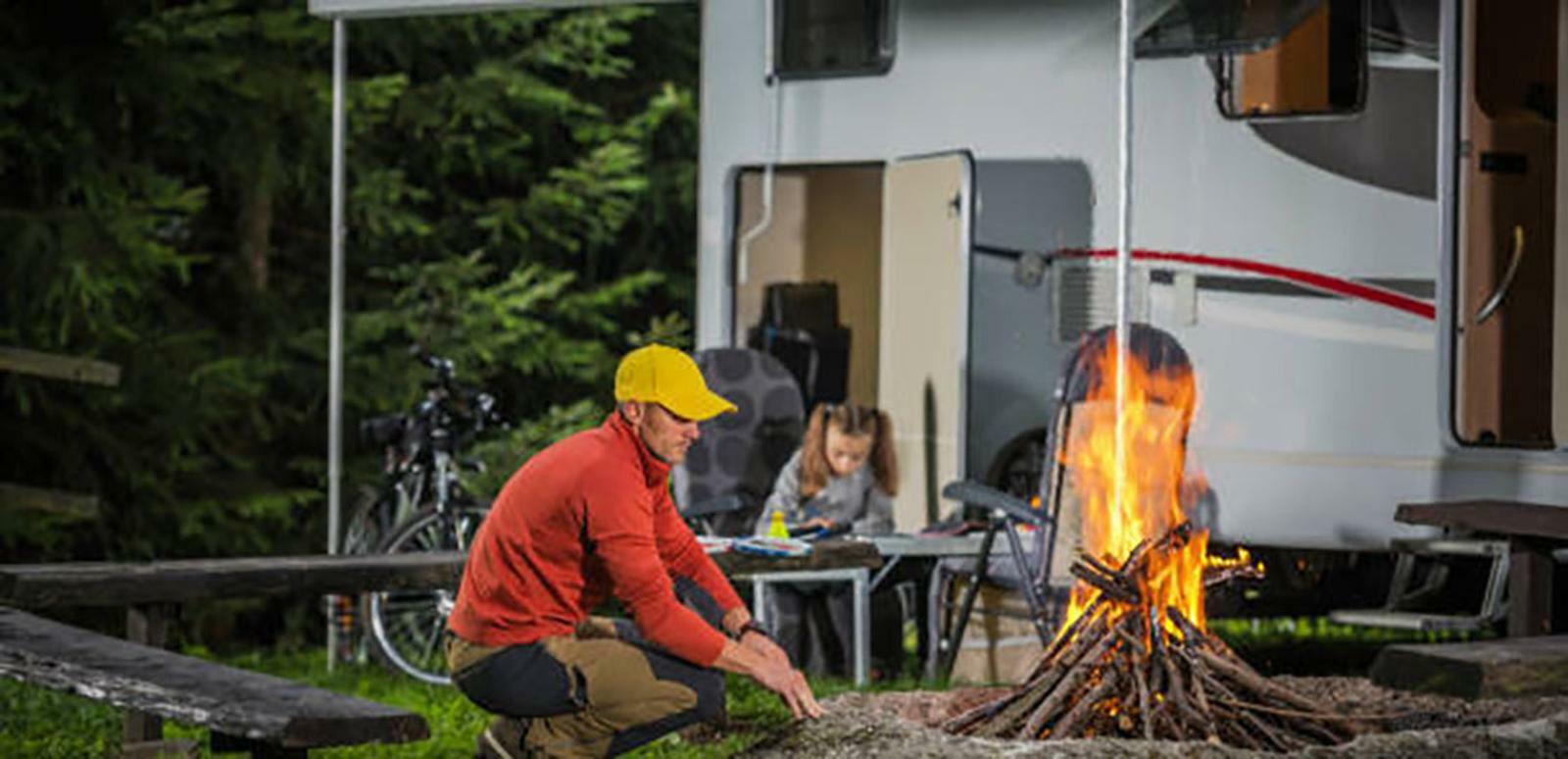Tips for Emptying and Cleaning Your RV Waste Tanks
21st Mar 2024
Series 1, Episode 4


Cleaning and emptying your RV waste tanks may seem daunting, but with the right knowledge and tools, it can be straightforward. Here are some practical tips for emptying and cleaning your RV waste tanks.

Understanding Your RV Waste System
An RV waste management system typically has two holding tanks: the gray water tank and the black water tank.
The gray water tank collects the wastewater from your sinks and showers. This includes soapy water and food particles, but nothing too harmful. However, it can still produce unpleasant odors if not properly maintained.
The black water tank is where the sewage is stored. This tank needs careful handling due to the nature of its contents. It's important to note that most RV toilets flush straight down—a direct drop into the black tank.
Tips for Emptying Your RV Waste Tanks
- Preparation is key: Always wear gloves, have a clear elbow pipe and hose support ready to ensure a clean and efficient process. Some people also choose to wear a mask and/eye protection for added safety.
- Black first, then gray: Empty the black water tank first, then the gray water tank. The gray water can help flush out any remnants in the hose from the black tank.
- Ensure a secure connection: Before opening valves, double-check that your sewer hose is securely connected to avoid any accidental spills.
- Don't rush the process: Allow the tanks to empty completely. This can take a little while but rushing can lead to clogs or incomplete disposal.
- Regular cleaning: Once emptied, use tank cleaning products to keep sensors working properly and to eliminate odors.
Cleaning Your RV Waste Tanks
Regular cleaning of your waste tanks prevents unwanted buildup and odors. Here are some tips:
- Always flush your tanks after emptying, preferably with a specialized tank cleaning wand to ensure all waste is removed.
- Consider using an enzyme-based cleaner specifically designed for RV tanks. These break down waste and help eliminate odors.
- For deep cleaning, fill the tank partially with water, add some ice cubes, and drive around. The ice will scrub the interior of the tank as you move.
- Avoid harsh chemicals that can damage your tanks or valves. Stick to RV-approved products.
Identifying When to Replace Your RV Waste Tanks
Sometimes, regular cleaning might not be enough. Here are signs that you may need to replace your waste tanks:
- Persistent foul odor: If the smell persists even after thorough cleaning, it might indicate a problem with the tank itself.
- Leakage: Check for wet spots or drips around the tank area. These could suggest a crack in the tank which needs addressing immediately.
- Faulty valves: If your valves are not sealing properly, this could lead to leaks or difficulty in emptying your tanks.
In case of any of these signs, consult an RV professional or consider purchasing a new waste tank.
Where to Find RV Waste Holding Tanks
If you’re looking for a new RV waste holding tanks, ICON Technologies is here to help. We have a wide range of tanks for almost all RV models and brands. Look through our catalog of quality tanks to find the right one for your RV. Click here to explore the five reasons you need a waste tank for your RV.

Stay with us as we explore the RV world, share tips and insights, and provide you with products that match your RV enthusiasm. ICON is here to make your RV lifestyle even more enjoyable. We're more than just a supplier; we're your fellow RV enthusiasts.
